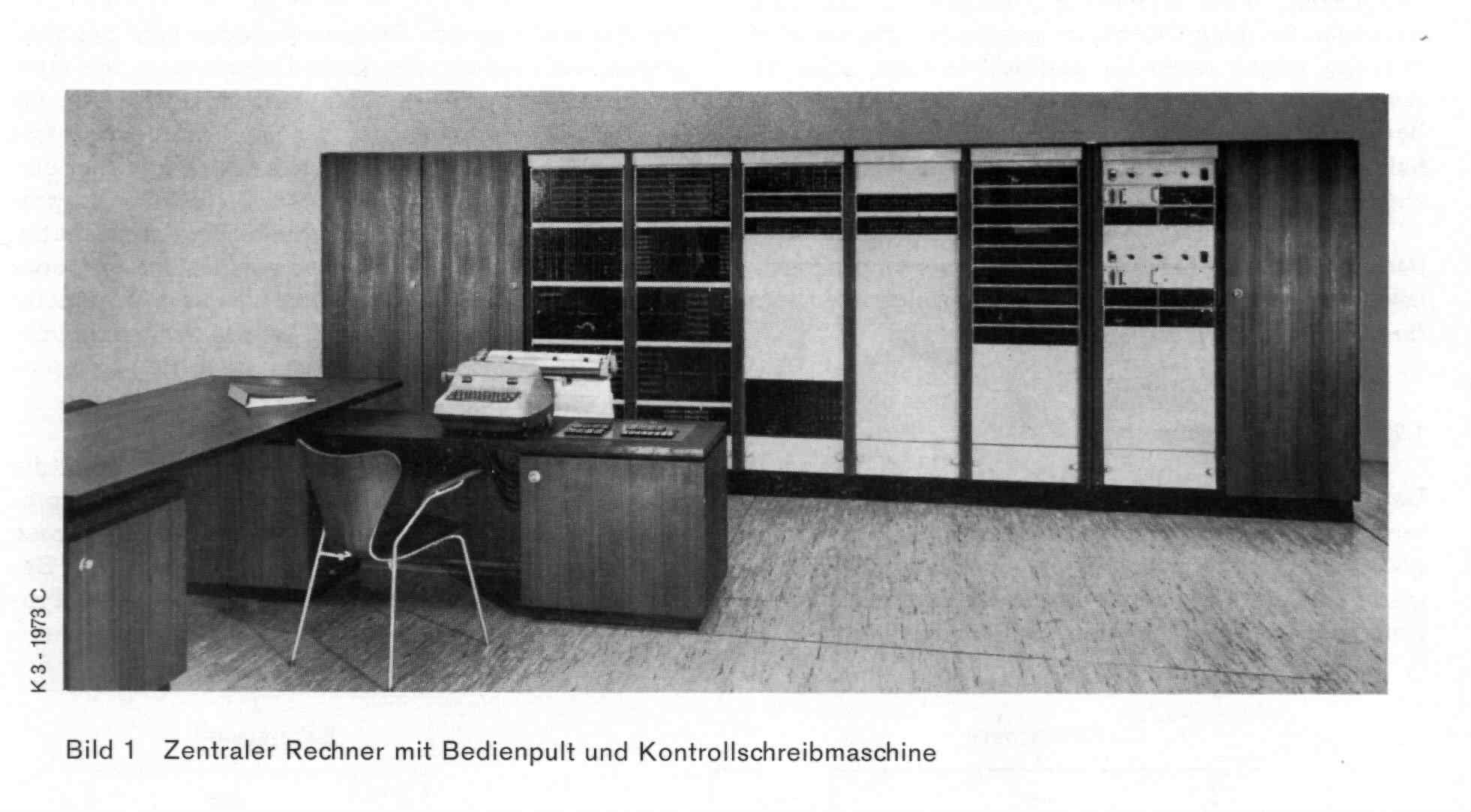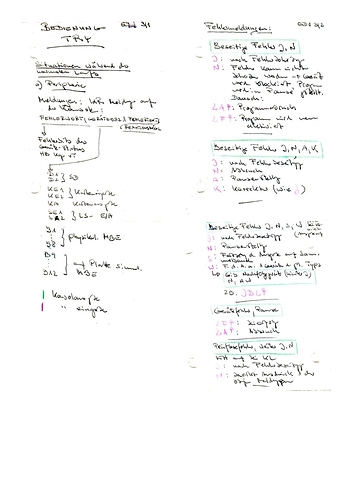Continuing the discussion from Introduce yourself thread: @dtmb mentions working with the TR-4…
… and it seems to have been a most remarkable machine. Not least remarkable because it features not once but twice as a machine to run chess programs on:
Fischer-Schneider, the first German chess program developed since 1965 by two math students at University of Stuttgart, Hans-Jochen Schneider and Kurt Fischer. Initially written in a assembly language dubbed TEXAS (Telefunken Externcode Assembler) for a Telefunken TR-4 mainframe computer
Helmut Richter, a German computer scientist and as computer chess programmer author of one of the first German chess programs, Schach MV 5,6. In 1971, Richter started the development on a Telefunken TR-4 and TR 440 mainframe, continuing with a PDP-10. Schach MV 5,6, containing about 5000 Fortran statements, was subject of his diploma thesis
(I do like the chess programming wiki - every computer there is a chess computer!)
About the machine itself:
36 TR-4 computers were manufactured and delivered mostly to West-German universities and public authorities and their associated data centers.
The computer had a word size of 52 bits, consisting of 48 data bits, 2 type bits (floating/integer/instruction/packed string) and 2 bit checksum, checksum errors causing interrupts. ALU and registers were build in discrete transistor technique running at 2 MHz, main memory consists of up to 28,672 words of core memory and 4096 words of semiconductor memory.

